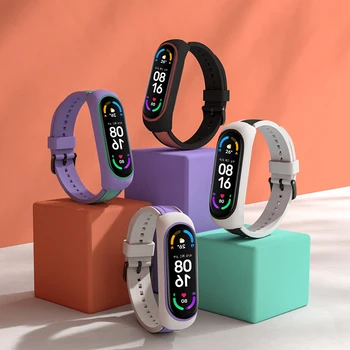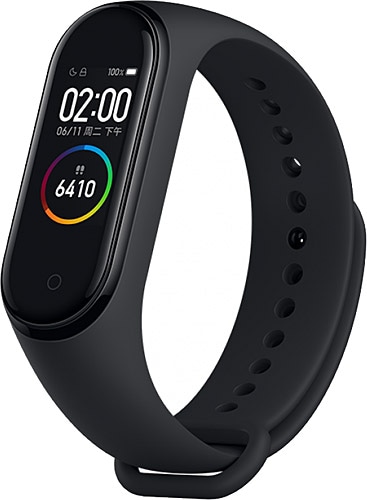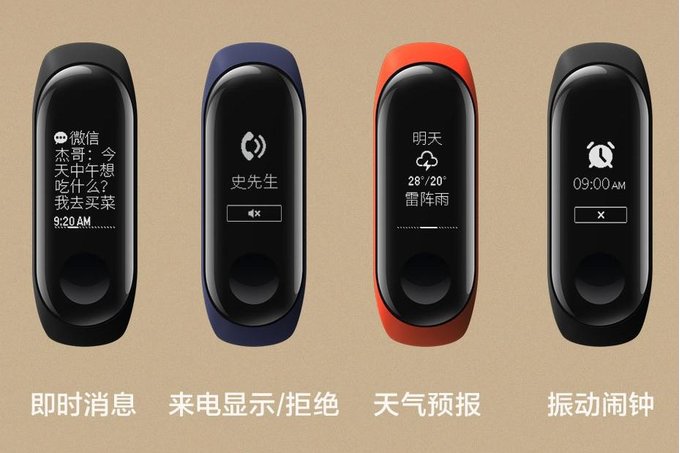
Satın alın Xiaomi Mi Band 3 4 5 6 Smartwatch Kayışı Değiştirme Silikon Bileklik için Yedek Kayış | Joom
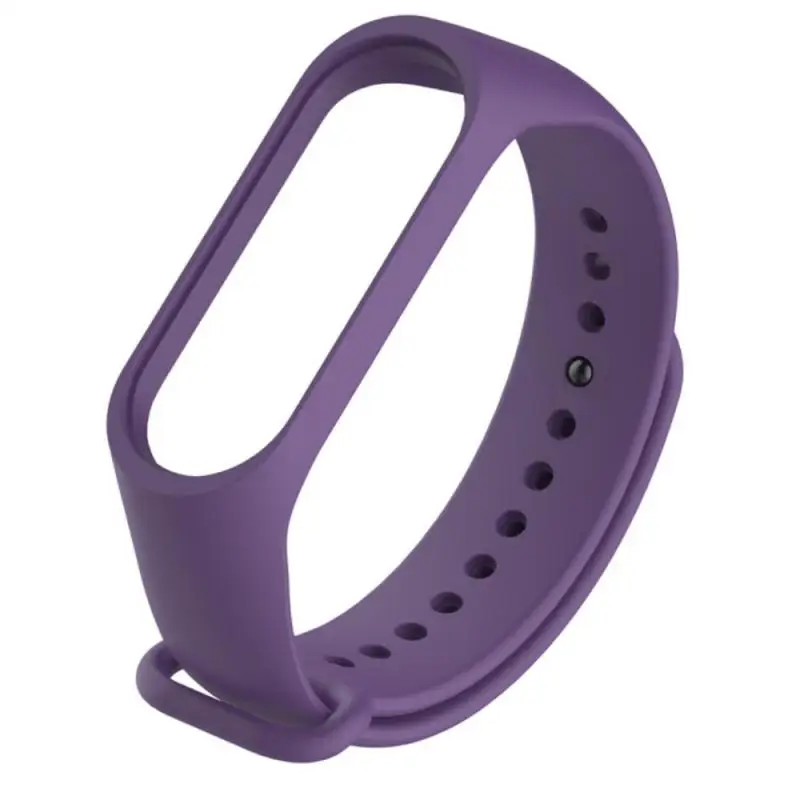
Xiaomi Mi Band 3 İçin kayış TPU Bileklik Bilezik İçin Yedek Kayış Mi Band 3 Düz Renk Spor Kayış 11 Renk Bilek Kayışı < Giyilebilir Cihazlar ~ www.humaotomotiv.com.tr

Küresel sürüm xiaomi mi mi Band 3 mi band 3 bileklik 0.78 "OLED ekran Touchpad kalp hızı Bluetooth 4.2 spor izci xio mi - AliExpress Tüketici Elektroniği
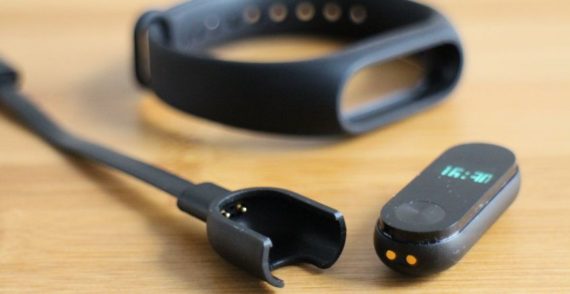
Mi Band Kurulum, Kullanım Kılavuzu Ve Genel Bilgiler – Sanal İletişim :: Anker , C4U , Case4U, Fonemax
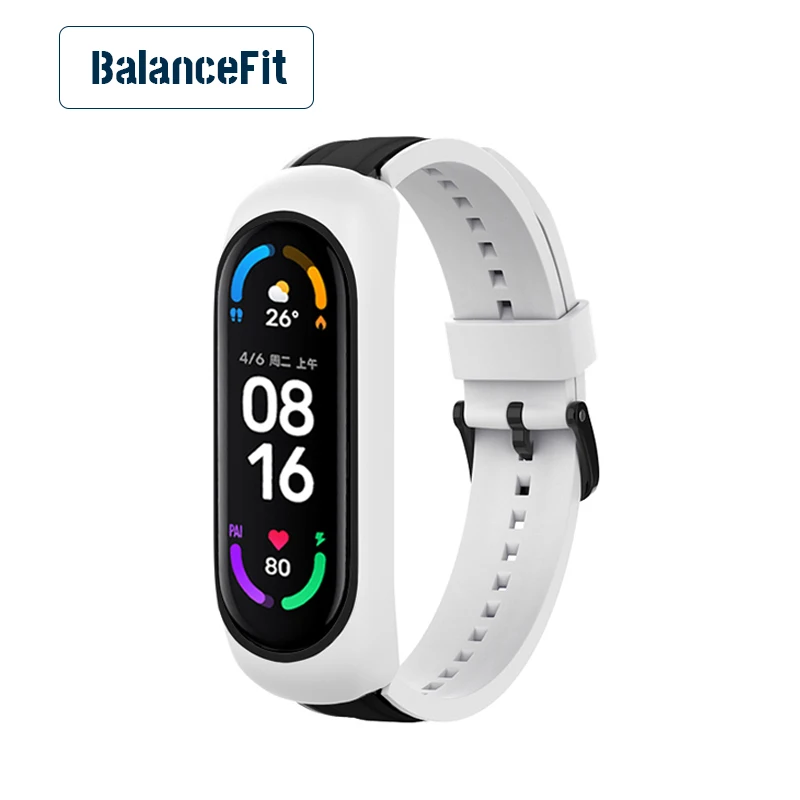
Silikon Kayış Xiaomi Mi Band 3, 4, İki Renk Karışık, Yüksek Elastikiyet Sıvı Bileklik / Bilezik Miband 5, 6, Yedek almak - Giyilebilir Cihazlar < www.ulusanmotor.com.tr

Silikon kayış xiaomi mi band 3 4 nefes sapanlar yedek bilezik miband 4/3 akıllı i̇zle bilek kayışı xiaomi satış - Giyilebilir Cihazlar | www.ozkannakliyat.com.tr

İndirim Bilezik xiaomi mi band 3 akıllı bilezik akıllı bant karbon fiber bileklik mi band 3 için yedek aksesuarlar < Saat aksesuarları | www.solady.com.tr
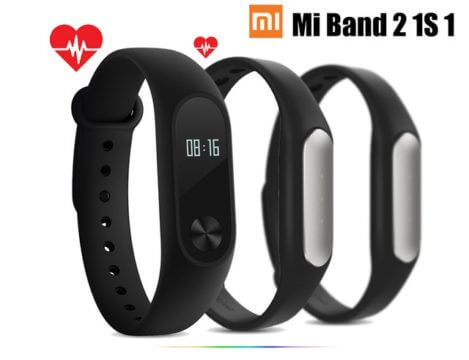
Mi Band Kurulum, Kullanım Kılavuzu Ve Genel Bilgiler – Sanal İletişim :: Anker , C4U , Case4U, Fonemax

Orijinal Xiaomi mi Band 3 NFC mi band 3 bileklik bilezik 0.78 "OLED nabız monitörü Bluetooth 4.2 spor izci su geçirmez - AliExpress Tüketici Elektroniği

Küresel sürüm Xiaomi MiBand 3 akıllı Bluetooth Mi band 3 spor izci OLED ekran su geçirmez akıllı bilezik - AliExpress Tüketici Elektroniği

Küresel sürüm xiaomi mi mi Band 3 akıllı su geçirmez 5ATM mi band 3 Android IOS spor izci bilekliği OLED pasometre bilek|wristband fitness tracker|xiaomi mi band 2xiaomi mi band - AliExpress
